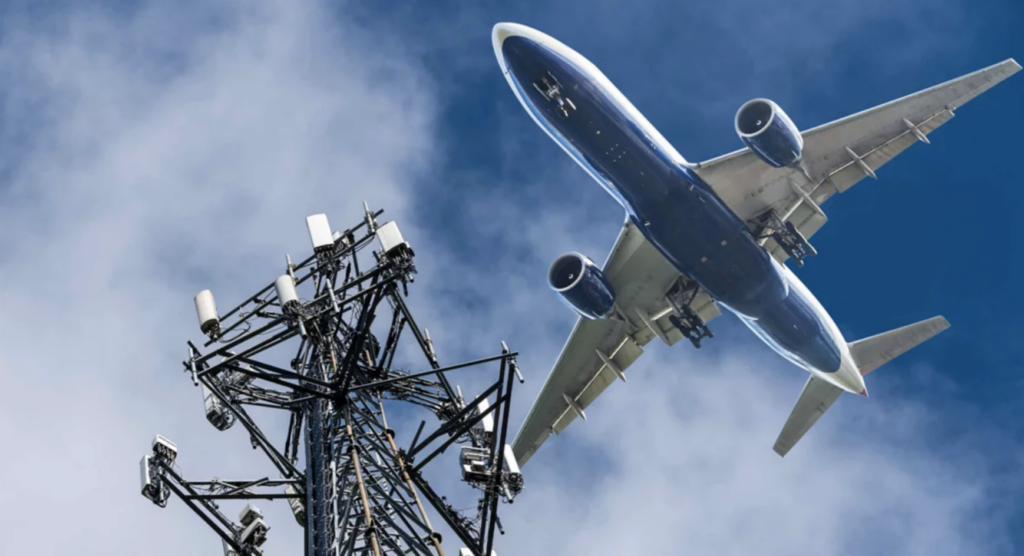
“The FAA proposes to supersede Airworthiness Directive 2021–23–13, which applies to all helicopters equipped with a radio (also known as radar) altimeter.” (Photo: Honeywell)
The FAA on Wednesday published a notice of proposed rulemaking (NPRM) applying to all helicopters equipped with a radio, or radar, altimeter flying in areas where 5G C-band can interfere with the device’s operation.
To maintain safety in the National Airspace System (NAS), the FAA is proposing interference tolerance requirements for radio altimeters (RAs) that can be used across the affected fleet.
Rotorcraft meeting these proposed minimum performance levels would be allowed to perform the prohibited operations in the contiguous US airspace and would no longer be required to include the rotorcraft flight manual (RFM) limitations. After July 1, rotorcraft that do not meet the proposed minimum performance levels would be subject to the prohibited operations.
However, the FAA is not proposing to mandate radio altimeters meeting certain tolerance requirements for all helicopters, as proposed in the transport NPRM for airplanes. Operators will have the option to upgrade to a radio altimeter-tolerant rotorcraft if they wish to avoid the prohibitions in this proposed AD by July 1, according to the FAA.
Some operators may need to install filters between the radio altimeter and antenna to increase a radio altimeter’s tolerance. For others, the addition of a filter will not be sufficient to address interference susceptibility; therefore, the radio altimeter will need to be replaced with an upgraded radio altimeter, the FAA said.
At least 19 telecommunications are expected to expand their 5G networks beginning in June. Towers propagating the signal will be built throughout the US.
The concern is that when operating near a 5G tower, certain radio frequencies can cause inaccurate altitude readings for certain radio/radar altimeters, causing a risk to the aircraft and its crew while in flight.
5G C-band transmissions have started to expand and will likely expand further after July 1, with higher frequency transmissions closer to the spectrum allocation where radio altimeters operate, posing an increased risk of interference, according to the FAA.
Because of the potential extent of 5G C-band signals, using NOTAMs and assessing proposed alternative methods of compliance (AMOCs) on a case-by-case basis will become untenable, according to Helicopter Association International (HAI).
While current flight restrictions are limited to areas identified by notices to air missions, but on or before June 3 will apply throughout the contiguous U.S.
The FAA considers that this AD, if adopted as proposed, would be an interim action. The FAA also anticipates that rotorcraft incorporating equipment approved under the new radio altimeter TSO will be able to operate in the contiguous US airspace with no 5G C-band-related RFM limitations.
Once the new radio altimeter TSO is developed, approved, and available, the FAA might consider additional rulemaking.